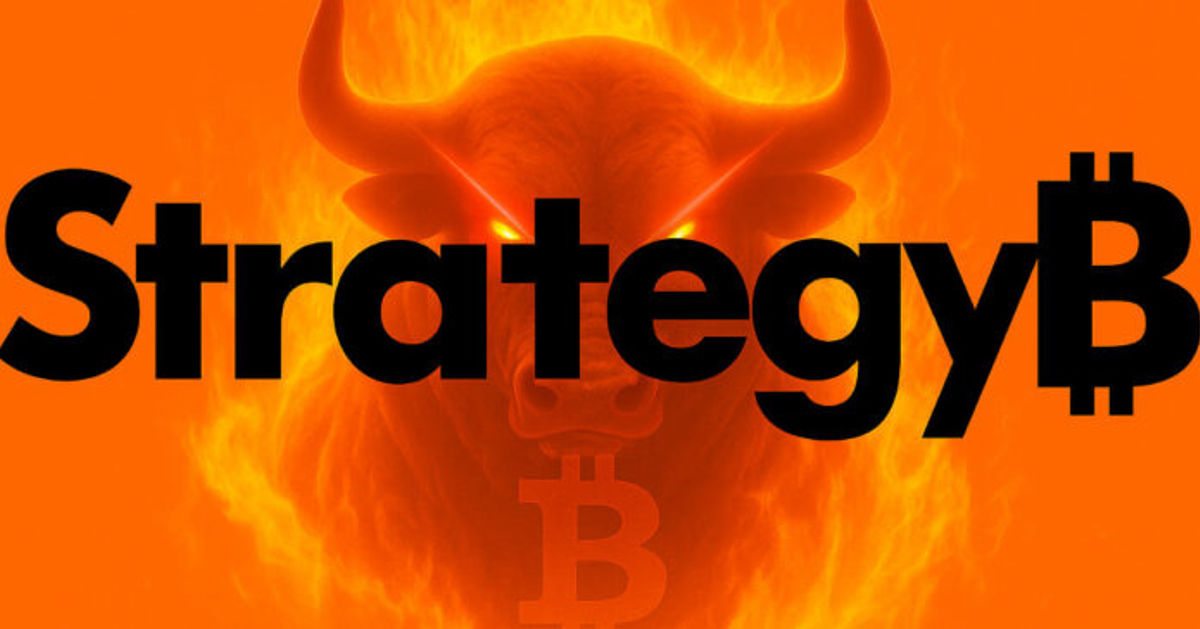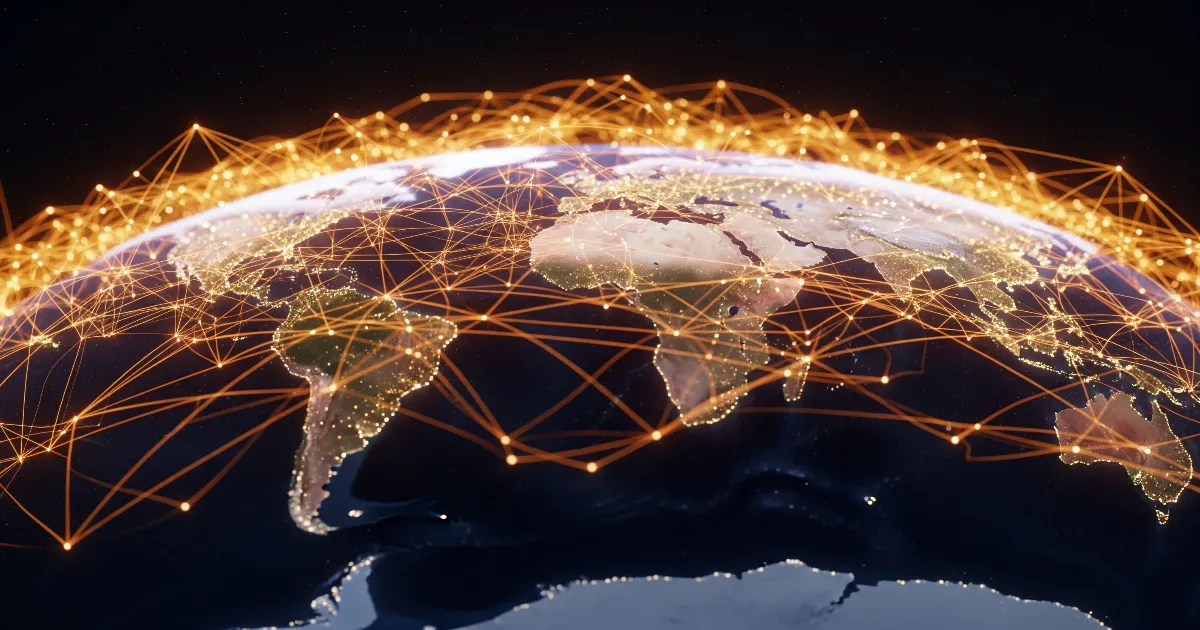Here’s the inflation breakdown for April 2025 — in one chart
The post Here’s the inflation breakdown for April 2025 — in one chart appeared on BitcoinEthereumNews.com. Shipping containers are offloaded from a cargo ship at PortMiami on April 15, 2025 in Miami. Joe Raedle | Getty Images Inflation retreated again in April on the back of lower prices for consumer staples like groceries and gasoline, and other items such as used cars and clothing. The consumer price index, a key inflation gauge, rose 2.3% in April from 12 months earlier, down from 2.4% in March, the Bureau of Labor Statistics reported Tuesday. It was the smallest annual increase since February 2021, just before pandemic-era inflation started to pop. However, economists warn it’s not a matter of if, but when, tariffs levied by President Donald Trump start to re-ignite inflation, at a time at a time when it has nearly been tamed from pandemic-era highs. “It felt like we could just about declare victory on putting inflation back in the bottle, and it’s back out again,” said Mark Zandi, chief economist at Moody’s. He expects tariffs to start noticeably impacting inflation in the May CPI report issued next month. “Soak this report in,” Zandi said. “It’ll be a while before we get another good one.” How tariffs may affect inflation Tariffs are a tax on imports from foreign nations, paid by U.S. companies that import the good or service. Businesses negatively affected are expected to pass on at least some of that additional cost to consumers via higher prices. Trump has imposed — and removed or delayed — tariffs in several tranches during his second term. Tariff policies currently in effect would cost the average U.S. household an extra $2,800 over the “short run,” according to a Yale Budget Lab report issued Monday. (It doesn’t specify a time frame.) The speed at which companies raise prices will vary, economists said. Some may not want to raise them…

The post Here’s the inflation breakdown for April 2025 — in one chart appeared on BitcoinEthereumNews.com.
Shipping containers are offloaded from a cargo ship at PortMiami on April 15, 2025 in Miami. Joe Raedle | Getty Images Inflation retreated again in April on the back of lower prices for consumer staples like groceries and gasoline, and other items such as used cars and clothing. The consumer price index, a key inflation gauge, rose 2.3% in April from 12 months earlier, down from 2.4% in March, the Bureau of Labor Statistics reported Tuesday. It was the smallest annual increase since February 2021, just before pandemic-era inflation started to pop. However, economists warn it’s not a matter of if, but when, tariffs levied by President Donald Trump start to re-ignite inflation, at a time at a time when it has nearly been tamed from pandemic-era highs. “It felt like we could just about declare victory on putting inflation back in the bottle, and it’s back out again,” said Mark Zandi, chief economist at Moody’s. He expects tariffs to start noticeably impacting inflation in the May CPI report issued next month. “Soak this report in,” Zandi said. “It’ll be a while before we get another good one.” How tariffs may affect inflation Tariffs are a tax on imports from foreign nations, paid by U.S. companies that import the good or service. Businesses negatively affected are expected to pass on at least some of that additional cost to consumers via higher prices. Trump has imposed — and removed or delayed — tariffs in several tranches during his second term. Tariff policies currently in effect would cost the average U.S. household an extra $2,800 over the “short run,” according to a Yale Budget Lab report issued Monday. (It doesn’t specify a time frame.) The speed at which companies raise prices will vary, economists said. Some may not want to raise them…
What's Your Reaction?











































